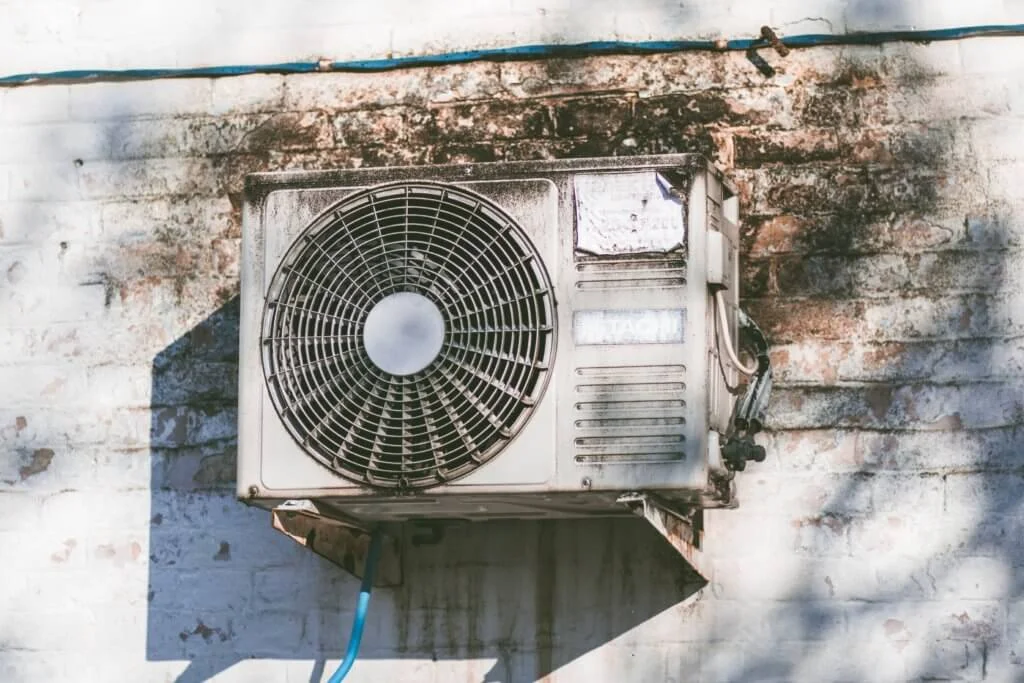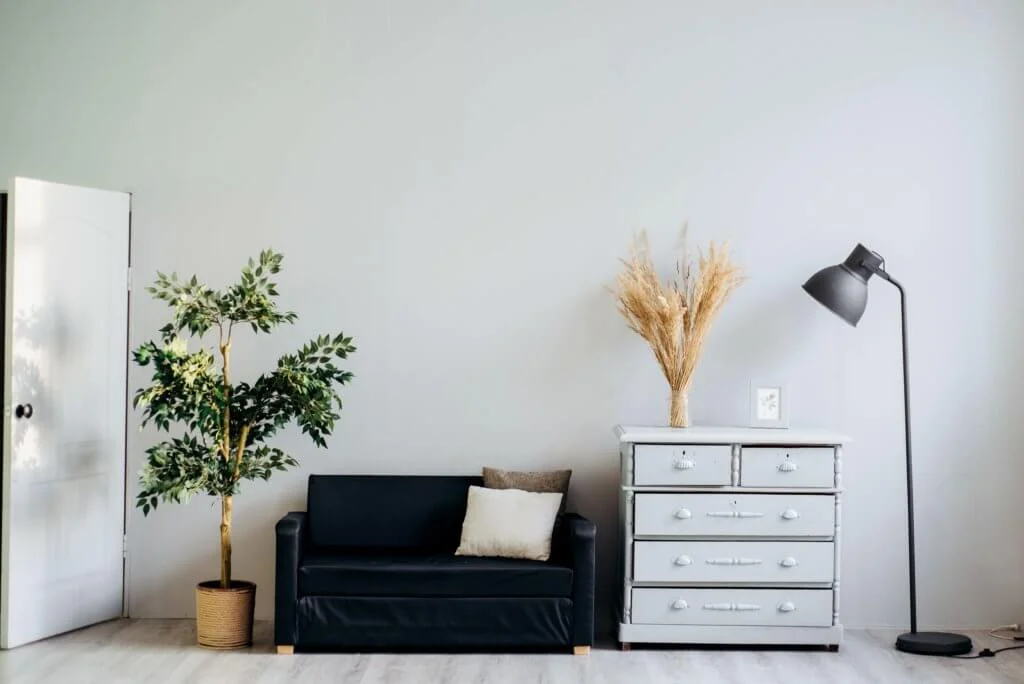Do you or your family members feel sick when inside your home? Perhaps you feel better when you are at work or school. Or maybe you wake up feeling under the weather, but once you head off to start your day, things get better. Are you asking, “Is my house making me sick?”, the answer could be yes.
Is Your Home Making You Sick?
It is possible that your home is making you sick. There are a number of environmental factors that can contribute to health problems, including mold, pollen, pet dander, chemicals and radon.
To establish if your house is making you sick, check if your symptoms persist after you leave your home. If they alleviate soon after you leave, that could indicate concern. Though this is more common in older homes, any home or building can make you sick. Understanding the potential health risks associated with an unclean house is essential to recognizing symptoms early on and finding solutions. If you think your house may be making you sick here’s a look at five common culprits.
1. Asbestos
Most commonly found in homes built between the 1920s and 1970s, asbestos is a dangerous material that is easily inhaled. It was previously used in homes because of its insulative qualities. However, it was banned because it can lead to mesothelioma, a health condition that causes damage to the lungs and, over time, develops into a severe, life-threatening condition.
If this is a risk in your home, the first step is a visual inspection from a licensed professional. If asbestos material is present, a licensed professional can remove it. This can be costly. Repairs and costs range widely.
Types of Asbestos include:
- Chrysotile (white asbestos)
- Amosite (brown asbestos)
- Crocidolite (blue asbestos)
2. HVAC Systems
Can mold growing on shoes in closet areas cause damage in your kitchen? The answer is yes! Mold can spread from one area of the home to another through air traveling in the HVAC system. If your home’s air conditioner and heating are not properly cleaned, it can become the ideal place for mold and bacteria to grow and develop.
Leaks in your HVAC system can lead to moisture buildup. Then, these systems blow air – often with dander, dust, mold spores, and debris – throughout your home. This can cause problems related to headaches, difficulty thinking, and allergy symptoms.

Proper cleanly of your air ducts is an important step. Aim to do this every three to five years. It’s best to allow a professional to handle it.
3. Mold
Mold is dangerous no matter where it is located, though it is most common in high-moisture areas such as the bathroom or basement. It’s often visible, but sometimes can be behind carpeting or drywall. You may notice allergy-like symptoms, such as itchy eyes and runny nose, or you may smell a musky scent, which could be mold.
Caught early, you can clean it up. It is best to have a professional inspect the home for mold, use testing kits to find it, and then to clean it properly. Mold removal can cost up to $6,000 or more for some homes, depending on size and severity.
4. Indoor Air
Is your house making you feel sick when you clean it? It could be the air itself. The air in your home is up to five times more polluted than the air outside.
The EPA provides insight into what causes this, but it can occur as a result of cleaning chemicals, paint, combustion pollution, and other toxins. Newer homes with less ventilation are at a higher risk. Left untreated, this can lead to lung disease and cancer.

Treatment includes the investment in air quality testing (about $400) and potentially home testing kits. To improve air quality, you’ll need to increase the frequency of home cleanings, consider new ventilation, and add air filters.
5. Radon
A dangerous, colorless, odorless gas, radon is a high-risk problem in homes that can cause cancer in some people. It enters the home through cracks in the wall and gaps in flooring. Outside vents are also a risk for allowing radon to leak into your home.
If your home is at risk, testing kits are available, though turning to a professional is best. Homes with a level 4 rating or higher need treatment from a professional. This can cause up to $1,100 in some situations.
What Can You Do?
Your home can make you sick, but the right treatments can help. Though costly, it can be very important to take steps to improve these conditions to ensure your home is safe.
If making the changes becomes too expensive and burdensome, HomeGo will purchase your home as-is and allow you to move out and move on to a safer environment as quickly as you need.




